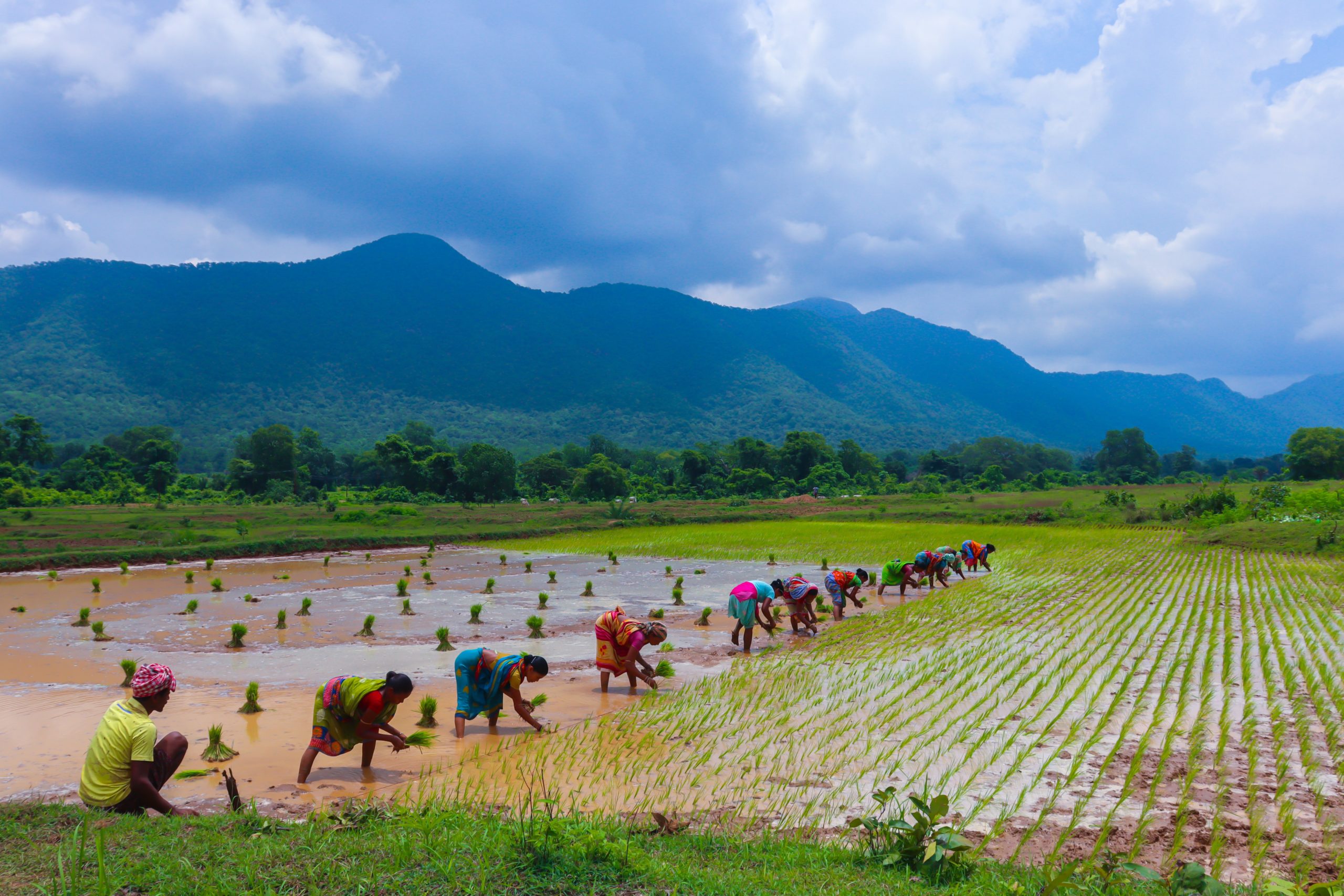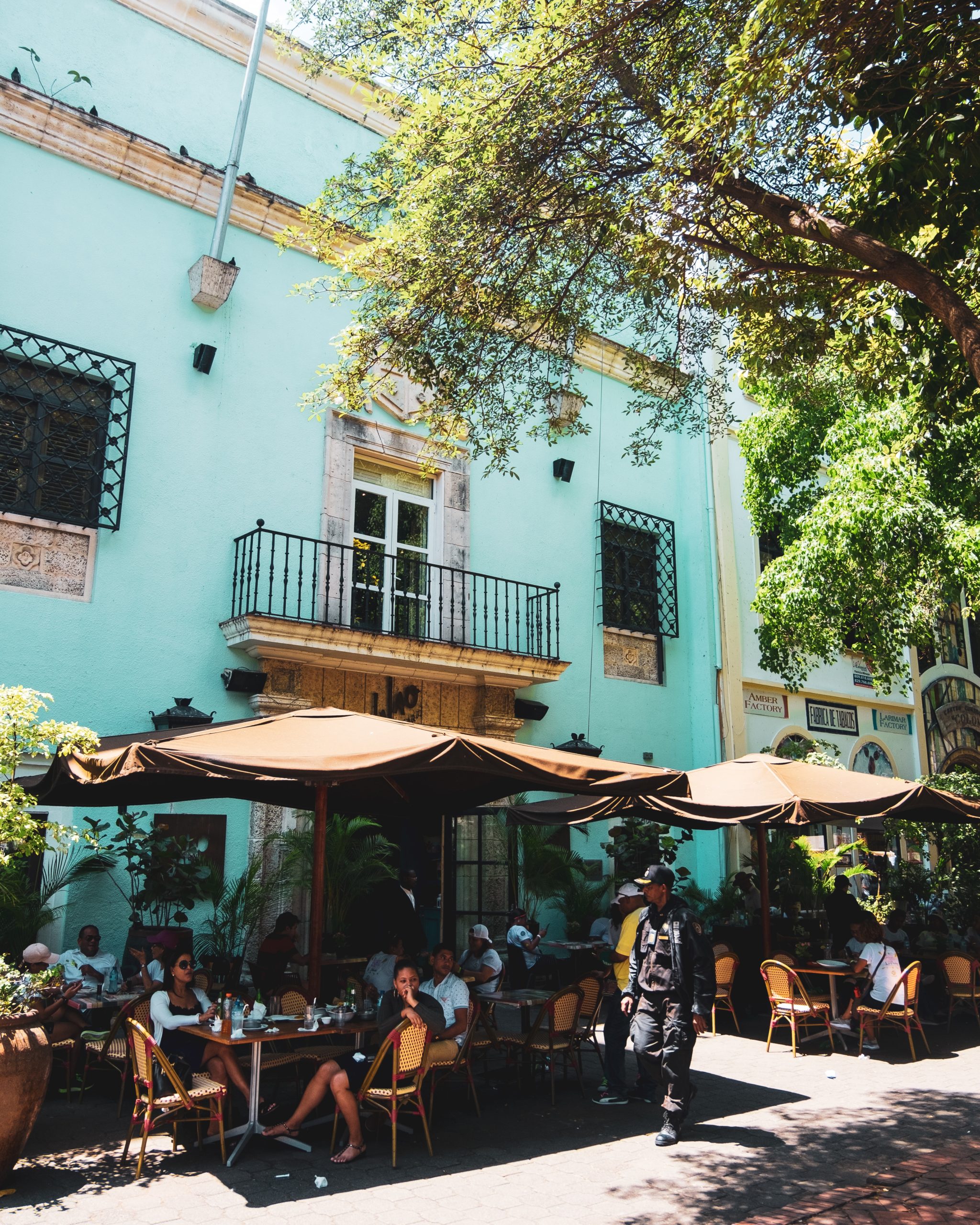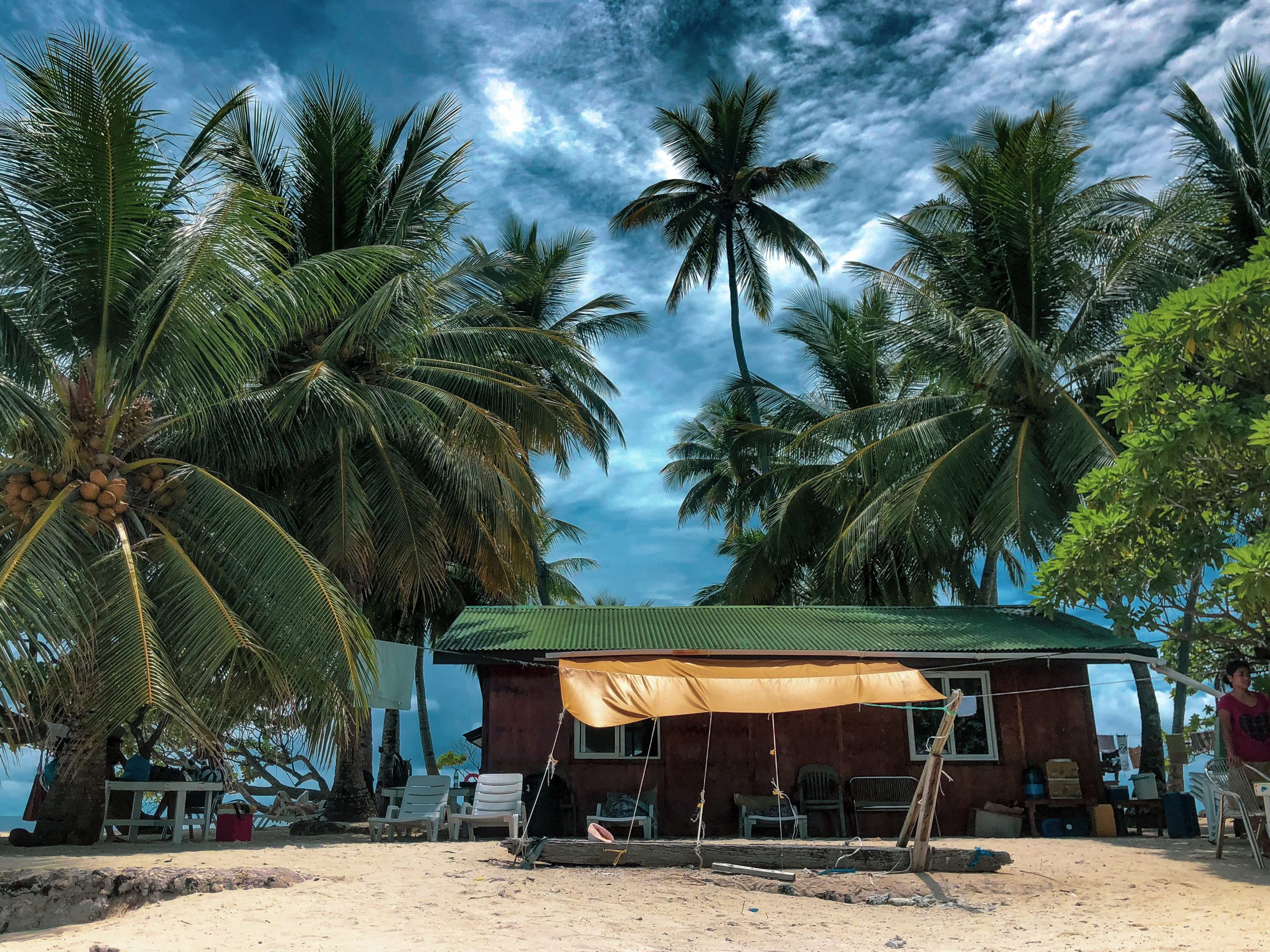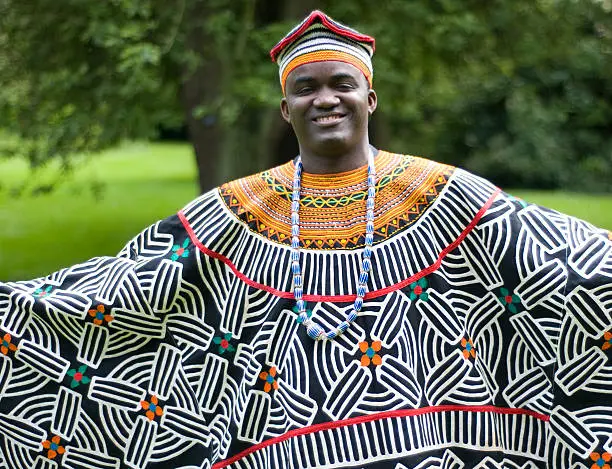Twenty countries make up the diverse region of Latin America. From relatively large and affluent countries like Brazil and Mexico to some of the most unstable and underdeveloped nations in the world, such as Haiti and Venezuela. Despite its diversity, Latin America as a whole shares many characteristics, such as long-shared boundaries, the Spanish language, and Catholicism.

Only 5.6% of all retail purchases in Latin America or around $84 billion annually are made online. This is less than nearly every other significant nation and region on the planet. For instance, 14% of all retail sales in the US are made online.
Perhaps more than in any other region, Covid-19 had a significant impact on consumer purchasing behaviors in Latin America. People started using e-commerce for the first time out of necessity, purchasing necessities like food, furniture, and clothing.
The top internet marketplaces are Argentina, Brazil, Chile, Colombia, Costa Rica, Mexico, Panama, and Peru. According to RetailX, 50% of consumers in these eight nations, which account for 79% of the world’s internet users, would purchase online in 2021, up from 33% in 2017.
Brazil, Mexico, Argentina, Chile, and Colombia are demonstrating remarkable e-commerce gains, whilst Costa Rica, Panama, and Peru’s small populations have restricted e-commerce revenue.
However, the area is quickly modernizing. Online shopping has been done by 192 million people in Latin America or 29% of the population. By 2024, this is projected to rise to 350 million, and e-commerce sales will undoubtedly increase significantly in tandem.
Market place
With 668 million monthly visitors, Mercado Libre is Latin America’s largest internet marketplace. On the list, there are just four pure-play online markets. Mercado Libre is the only Latin American marketplace that doesn’t sell its products. Shopee, Linio, and eBay are far less popular.
Due to its activities in Mexico and Brazil, Amazon is ranked second on the list. This makes it a major participant in Latin American e-commerce, though not as large as Mercado Libre, which receives nearly four times as much traffic as Amazon.
In the Asian market, Southeast Shopee is listed as number five. Shopee has localized websites in Brazil, Mexico, Colombia, and Chile and receives 41 million monthly visits from Southeast Asia, where 90% of its traffic comes from.
Netshoes, a Brazilian athletic goods company, and marketplace, also owns European fashion shop Privalia, Chilean department store chain Falabella, Linio in Spanish, eBay worldwide, and Zattini in fashion.
The largest online market in Southeast Asia, Shopee is expanding into Latin America. It was established in 2015 in Singapore and is a pure-play online market with no in-house retail operations. In Brazil, Shopee receives up to 41 million visitors per month, and traffic in Mexico, Colombia, and Chile is also increasing. In Brazil, only Brazilian companies can sign up to sell on Shopee, and a 12% commission is taken from each sale.
Obstacles to growth
Latin America is still experiencing difficulties, mainly with payments and logistics. One in five people does not have a bank account. Roads are few in rural places. Marketplaces that offer services to both consumers and companies so dominate e-commerce in the area.
The leading participant is Mercado Libre from Argentina. Bloomberg Intelligence reports that as a result of the pandemic forcing physical retailers to close, Mercado Libre’s revenue increased by 90% in 2020. For local and international retailers, Mercado Libre has its own logistics service, which offers shipping choices and warehouse stocking. Similar to Amazon, Mercado Libre operates delivery vehicles in larger markets, especially cities, and has its air cargo fleet.
Consumer characteristics
Latin American buyers are still dubious about the quality of internet products and frequently turn to client testimonials. Online grocery sales prevailed during the pandemic. However, according to Statista, fashion will be the industry that generates the most sales in the top eight nations in 2022, followed by electronics.
Country-specific mobile usage varies, according to Statista. In 2022, Brazil will be the country with the highest preference for mobile for online shopping, up from 27% in 2017. While mobile commerce is popular in Colombia and Costa Rica as well, usage has not grown as rapidly in recent years.
You may also find these articles helpful
Start IT business in Lebanon
Start IT business in Laos
Start a tourism business in Fiji – full guide







